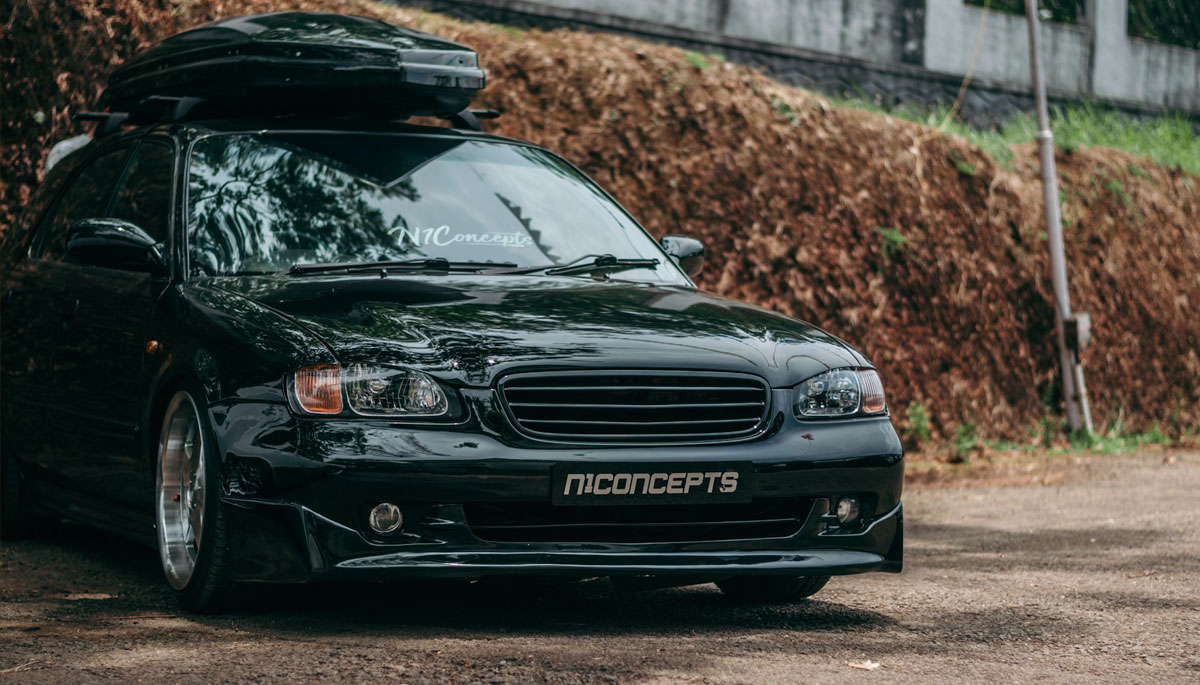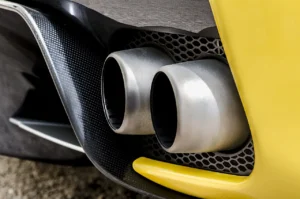Upgrading or customizing your car, bike or SUV can make it safer, improve performance or give it a unique look. However, certain car modification laws in India restrict what changes are allowed. This comprehensive guide explains the regulations to prevent legal troubles.
Why People Modify Cars in India
Plenty of Indian vehicle owners install aftermarket parts or customize their rides. Reasons include:
- Improving aesthetics – body kits, paint jobs, wraps help a car stand out
- Boosting performance – engine tuning, exhausts, brakes enhance speed or handling
- Lifting SUVs for better ground clearance on rough roads
- Adding tech/convenience – parking sensors, video screens modernize the cabin
- Enhancing comfort – upgraded suspension, premium seats
- Strengthening safety – airbags, lighting help avoid accidents
Modifying your vehicle to look unique or tailor capabilities to your needs is popular. But laws regulate certain aspects, especially mechanical components impacting registration or environmental compliance.
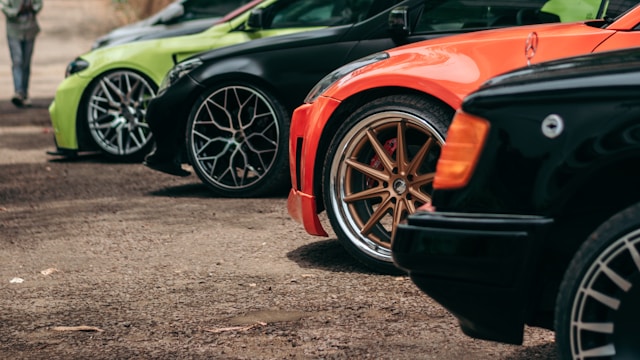
Overview of Car Modification Laws in India
Certain regulations aim at road safety and controlling emissions from tampered vehicles:
- Inform Regional Transport Office about impactful mechanical or chassis changes
- Prove modifications were installed by certified professionals
- Understand that certain upgrades may alter or void factory insurance policies
Check with your insurer to ensure changes like turbocharging the engine or substantially increasing horsepower do not impact coverage terms. Visual enhancements like graphics generally don’t affect premiums.
Laws also govern modifications affecting vehicle clearance, lighting performance and emissions particularly from noisy altered exhausts. Guidelines for accessories like seat belts and tow hitches promote safety.
Overall it helps knowing regulations for the state you drive in so police don’t harass you over misunderstood rules.
Categories of Allowed Modifications
Certain modifications are unrestricted, like upholstery upgrades or audio systems. But regulations cover parts impacting:
- Safety – brakes, suspension, steering, lighting
- Power – engine internals, forced induction, ECU tuning
- Emissions – catalytic converters, oxygen sensors, exhaust backpressure
- Clearance – altering chassis height risks underbody scrapes
Mechanical upgrades usually need formal approval, while cosmetic enhancements mostly avoid red tape unless substantially altering exterior contours or aerodynamics.
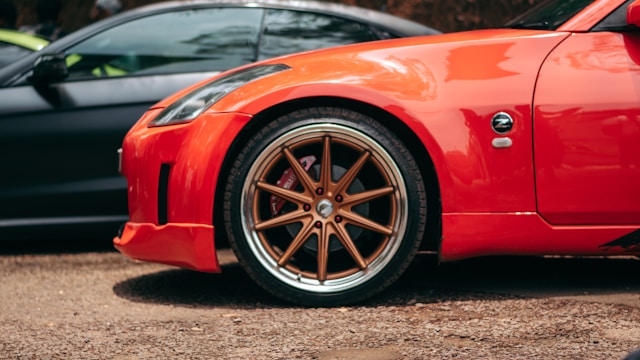
Emissions & Environmental Regulations
India sets progressive emissions regulations limiting exhaust pollutants like oxides of nitrogen, sulfur, carbon monoxide and particulate matter responsible for smog, acid rain and health issues:
Vehicle Emissions Standards in India:
| Standard | Implementation Year | Key Improvements |
|---|---|---|
| India Stage IV | 2017 | 30-50% lower NOx/PM |
| Bharat Stage VI | 2020 | 80% reduction over BS IV |
Modifying components like catalytic converters, oxygen sensors or exhaust gas recirculation risks violating vehicle emissions compliance. Reputable brands offer 50-state emissions legal performance parts respecting India’s norms.
Noise pollution matters too – laws in most states prohibit altered loud mufflers or sound systems cranked past 10 pm. Be reasonable.
Minimum Ground Clearance Laws
The nationwide average minimum ground clearance requirement for passenger vehicles is 170mm. This gets measured carrying maximum rated load weight evenly distributed among all wheels.
Lowering vehicle height through the suspension risks underbody scrapes from speed breakers or steep driveways. Fines apply if the chassis lacks sufficient road clearance.
Many enthusiasts install height adjustable coilover suspension to quickly raise cars when crossing major speed bumps then lower it again.
SUVs allow more generous ground clearance – but lifted monster trucks may warrant formal re-inspection proving stability safety.
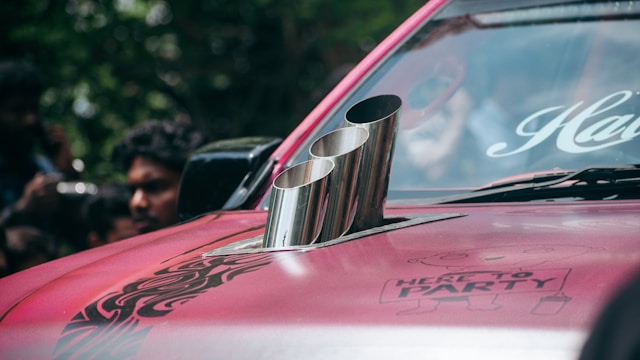
Auto Glass – Window Tinting, Mirror & Wiper Regulations
Visibility related guidelines aim at ensuring sufficient sight lines for safe driving:
- Windshield tinting limited to 25% VLT allowing 70% external light transmittance
- Side & rear windows allow over 70% VLT through aftermarket films
- Rear screens on hatchbacks cap tint under 50% VLT
- 2 functioning rear view mirrors are mandatory
- Fitted wipers required for windshields wider than 700 mm
Getting vehicle certified for remote controlled mirrors, hood mounted cameras or automatic wipers requires updating registration papers.
Towing Capacity Increase Regulations
The key legal consideration around enhancing tow ratings focuses on formally updating registration documents through a government approved testing facility:
- Tow bars, hitches and wiring should first get safety certified by engineers, proving stability control remains functional even heavily loaded. Formally document maximum rated towing capacity.
- Truck owners aiming for higher tow ratings require chassis and driveline inspections confirming no negative impact on control under hard braking.
Essentially have certified professionals guarantee dynamic handling remains stable despite the amplified rear load while trailing heavy trailers, boats, caravans, etc.
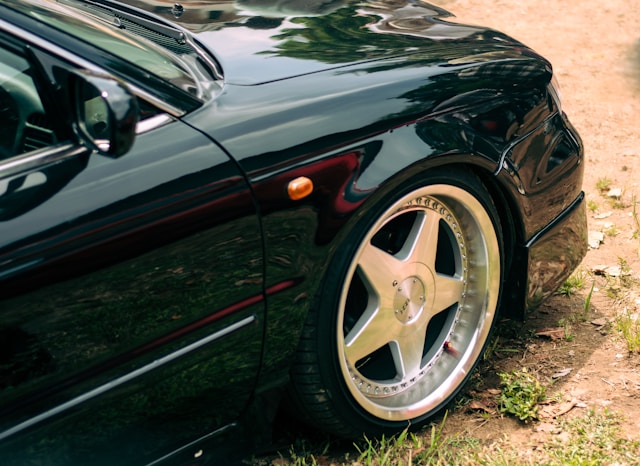
Headlight & Auxiliary Lighting Regulations
The main objectives around headlight laws involve properly illuminating the road ahead without dangerously blinding oncoming drivers. Key aspects:
- Auxiliary lights must automatically dip beam intensity when opposing traffic approaches
- Aftermarket HID & LED bulbs often require improved headlight projection lenses to concentrate and focus their intense light for optimal night vision rather than glaring into other motorists’ eyeballs
- Excessively blue tinted headlights step into dubious legality – tread carefully with Xtreme blue or purple auxiliary lamps unless switchable
- Install any lighting upgrades into correct factory housing rather than improvised assemblies which fail to channel beam patterns properly
Use good judgment with flashy effects or extremely harsh blue headlights. Focus intensity down and ahead favoring visibility over disruptive dazzle.
Body Kit Guidelines
Aftermarket body panels, aero kits, spoilers and decor trim mostly avoid red tape unless substantially impacting drag, downforce or emissions:
- Homologated, factory approved kits don’t alter registration status
- Aggressively protruding wide fender flares often stretch legal boundaries
- Vehicle wraps cannot impersonate taxi, police or emergency vehicle paint schemes
- Overdone ground effects kits hanging excessively low risk scrapes and damages
Visual enhancements like racing stripes, replacement bumpers, eyelids and fins stay above board so long as you don’t imitate registered fleets.
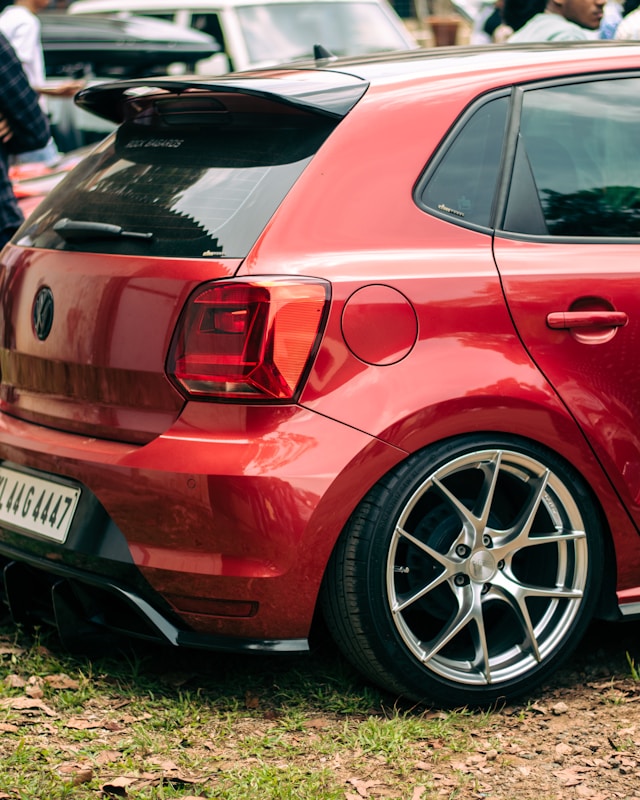
Wheel, Tire & Suspension Regulations
Certain guidelines around chassis upgrades aim at safety:
- Inform RTO before significantly lifting vehicle height – maintains registration validity
- Wheels must properly fit without rubbing tire sidewalls against wheel wells at full suspension travel
- Flailing tire spoke designs capable of catching pedestrians warrant scrutiny
- Carry paperwork from reputable tire retailers to confirm upgrades stay street compliant
Aggressively lowering cars risks fines from front splitters scraping speed humps. Many enthusiasts install hydraulic suspensions to quickly raise vehicles when needed.
Engine Tuning & Modifications
Electronic tuning upgrades impacting horsepower or emissions face greater scrutiny:
- ECU remapping should stay within factory engine’s mechanical design limits
- Upgraded intake and exhaust airflow enhancements often warrant inspection, emissions compliance certification
- Reputable tuners ensure drivability, reliability and legality for street driving
Leave radical cams, nitrous injection or ignition timing tweaks for closed circuit racetrack builds rather than public roads.

Forced Induction Laws – Turbochargers, Superchargers
Bolting on aftermarket turbochargers, superchargers or nitrous oxide injection systems dramatically alters factory power specifications, warranting formal procedures:
- Notify Regional Transport Office about engine upgrades impacting horsepower over 15%
- Obtain emissions compliance certificates to help avoid police harassment over supposedly tampered or defective exhaust
- Reputable turbo and supercharger kits appropriately adapt engine management programming and fueling to sustain added boost without detonation or damage
Seek formal inspection and approval for any radically modified high performance vehicle adjustments.
Brakes, Suspension & Handling Upgrades
Enhancing cornering grip, braking performance and handling seems relatively harmless, but again guidelines apply:
- Lowering excessively risks underbody scrapes from steep driveways and drainage humps
- Staggered low profile high performance tires must properly fit wheels and avoid rubbing at full suspension travel
- Multi-piston aftermarket brake calipers usually need mounting adapters for proper fitment
- Choose shock absorbers and springs matching intended vehicle usage (street cruising vs track days)
Concluding Legal Considerations
This guide covers key aspects of car modification laws in India related to registration, insurance, safety and emissions. While bureaucratic technicalities aim to monitor impactful upgrades, simple bolt-on enhancements mostly avoid red tape if professionally fitted by reputable shops.
Use common sense when modifying your vehicle – inform the Regional Transport Office of mechanical changes affecting power or emissions, ensure parts are expertly installed and refrain from excessive noise or visibility reducing effects late at night.
With some prudence, you can customize your car or bike into an awe-inspiring show stopper that performs beautifully, handles sharply and stops safely. The regulations intend to encourage properly engineered transformations, not squelch creativity.
Understand the laws in your state, choose compatible components from respected brands and have certified mechanics handle complicated installations. Employ a well reasoned balance of form and function. Executed judiciously, almost any automotive enhancement stays street legal with the proper precautions.
Happy motoring! Let me know if you need any clarification or have additional questions on what modifications remain compliant across various Indian states.

